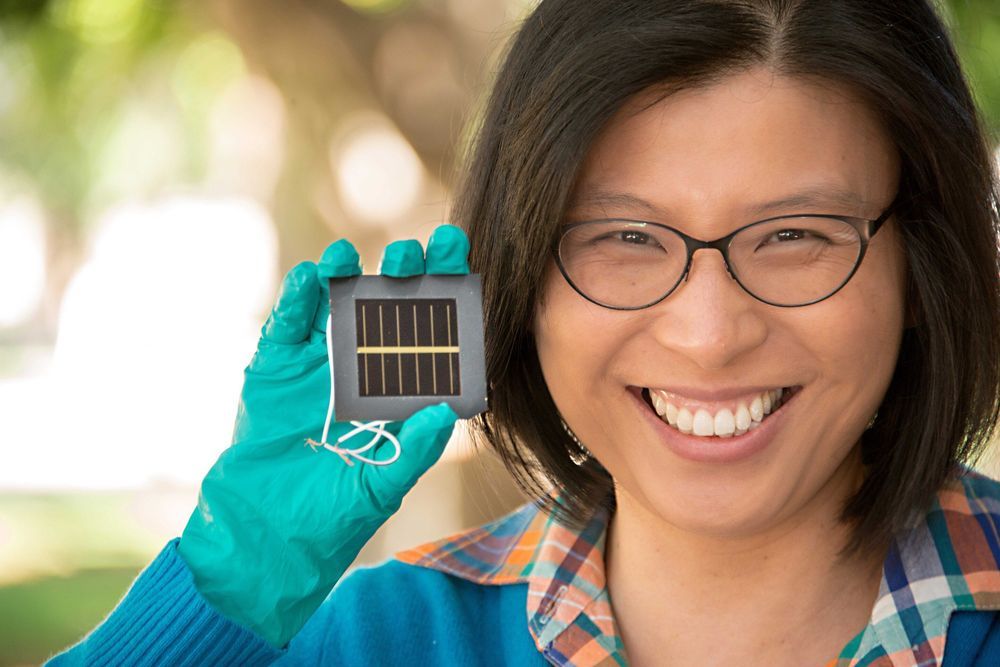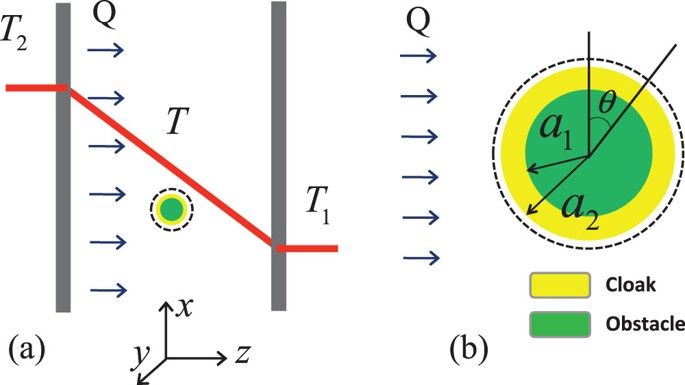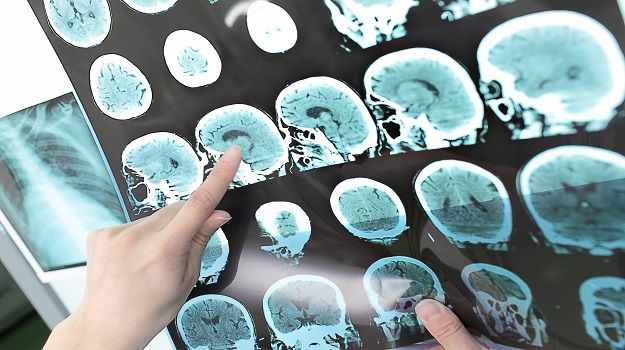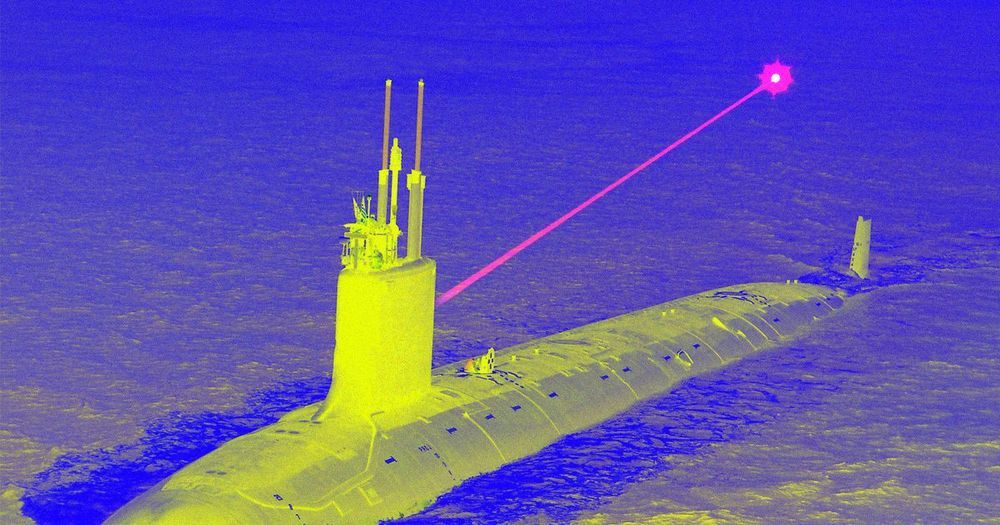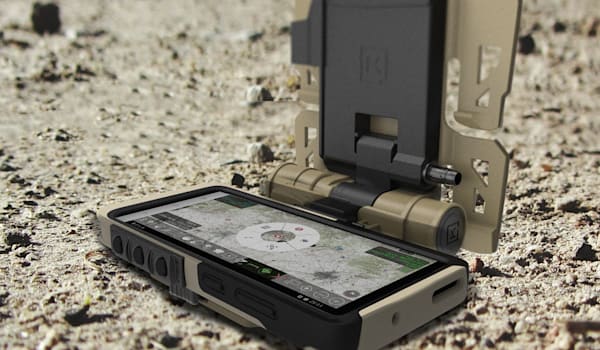May 21, 2020
Solar Technology Breakthrough: World Record Quantum Dot Solar Cell Efficiency
Posted by Quinn Sena in categories: nanotechnology, quantum physics, solar power, sustainability
The development of next-generation solar power technology that has potential to be used as a flexible ‘skin’ over hard surfaces has moved a step closer, thanks to a significant breakthrough at The University of Queensland.
UQ researchers set a world record for the conversion of solar energy to electricity via the use of tiny nanoparticles called ‘quantum dots’, which pass electrons between one another and generate electrical current when exposed to solar energy in a solar cell device.
Continue reading “Solar Technology Breakthrough: World Record Quantum Dot Solar Cell Efficiency” »

